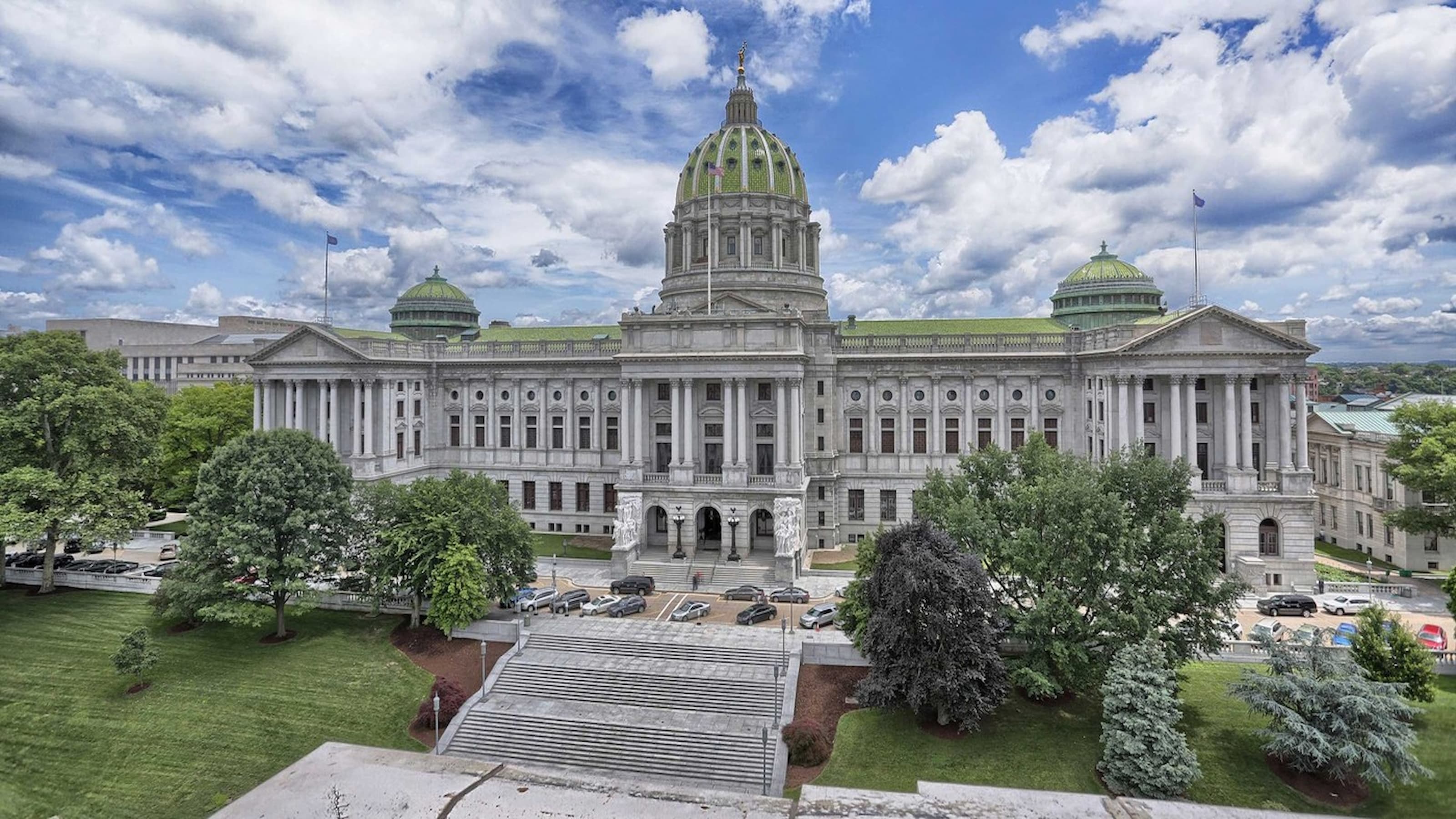How the U.S. Can Create a Faster, More Flexible Supply Chain
Efforts to get critical medical supplies into the hands of first responders and hospitals have exposed flaws and gray areas in the U.S. supply chain. Saint Joseph’s Thani Jambulingam, Ph.D. suggests some lessons that can be learned from the response.

An all-hands-on-deck effort to push critical medical supplies into the hands of first responders and hospitals fighting the COVID-19 pandemic has exposed critical flaws in the U.S. healthcare system’s supply chain under crisis, says Thani Jambulingam, Ph.D., Saint Joseph’s professor of pharmaceutical and healthcare marketing.
The issue, Jambulingam says, is a lack of a coordinated response to the pandemic across all levels of government.
“When it looks as if the Centers for Disease Control and Prevention (CDC) and the federal government are not on the same page, that creates a lot of commotion,” says Jambulingam. “The second key is testing, which we’re very much behind on. That's because other countries have used the World Health Organization (WHO) testing kit, and we resisted that.”
Also exposed, Jambulingam says, has been U.S. over-reliance on materials coming from around the world, particularly China. In what Jambulingam describes as “ordinary times,” companies usually look for products and suppliers that offer the best combination of cost and quality.
In “extraordinary times,” the goals of procurement change, shifting toward an emphasis on flexibility and speed within the supply chain. When there’s a reliance on an international supply chain, flexibility and speed are hard to deliver, Jambulingam says.
He notes that the Defense Production Act, which gives the federal government control over the production and distribution of goods during emergencies, is designed to help with this, but officials must act swiftly because other countries likely also want to procure those same materials.
“We have a failure in the system; priorities should be local first before we go outwards,” says Jambulingam.
The disruption caused by COVID-19 requires rapid responsiveness, Jambulingam explains, a level of responsiveness the traditional U.S. supply chain that is efficiency oriented is not made for. Fully stocked government stockpiles and local sourcing, he says, would make it much easier to get supplies.
“By having a system of local suppliers, we don’t have to go through international regulations, customs and all the other levels of bureaucracy,” says Jambulingam. “But, it would absolutely increase the price of these goods.”
By having a system of local suppliers, we don’t have to go through international regulations, customs and all the other levels of bureaucracy. But, it would absolutely increase the price of these goods.”
Thani Jambulingam, Ph.D.
Professor of pharmaceutical and healthcare marketingA multi-pronged approach can offer a solution to this problem if — and when — it occurs again, Jambulingam says. This approach would involve increasing the country’s capacity to ramp up production of essential supplies on short notice, as well as increasing the nation’s stockpiles.
“With [private] manufacturers ... we can establish a contractual agreement with them where they will quickly, either using existing capacity or scaled capacity, produce supplies that the government needs,” Jambulingam says. “This pandemic has truly shown that there is a need for strong public-private partnerships.”
These solutions can come from existing partners, explains Jambulingam. He offers that in a crisis, different quality assurance and regulatory agencies for personal protective equipment (PPE) like the American National Standards Institute (ANSI), which develops the standards, and the Occupational Safety and Health Administration (OSHA), which assures that PPE meets those standards, should work to provide collaborative and consistent guidance for manufacturers to make and distribute PPE quickly.
Ultimately, however, crises like these stress the importance of a response that comes not just from one corner of the world, but from all of them.
“Pandemics like these require a global response. The virus doesn’t discriminate against any one color, religion or creed,” says Jambulingam. “We have to put our differences aside, and realize that we can get through this together."



